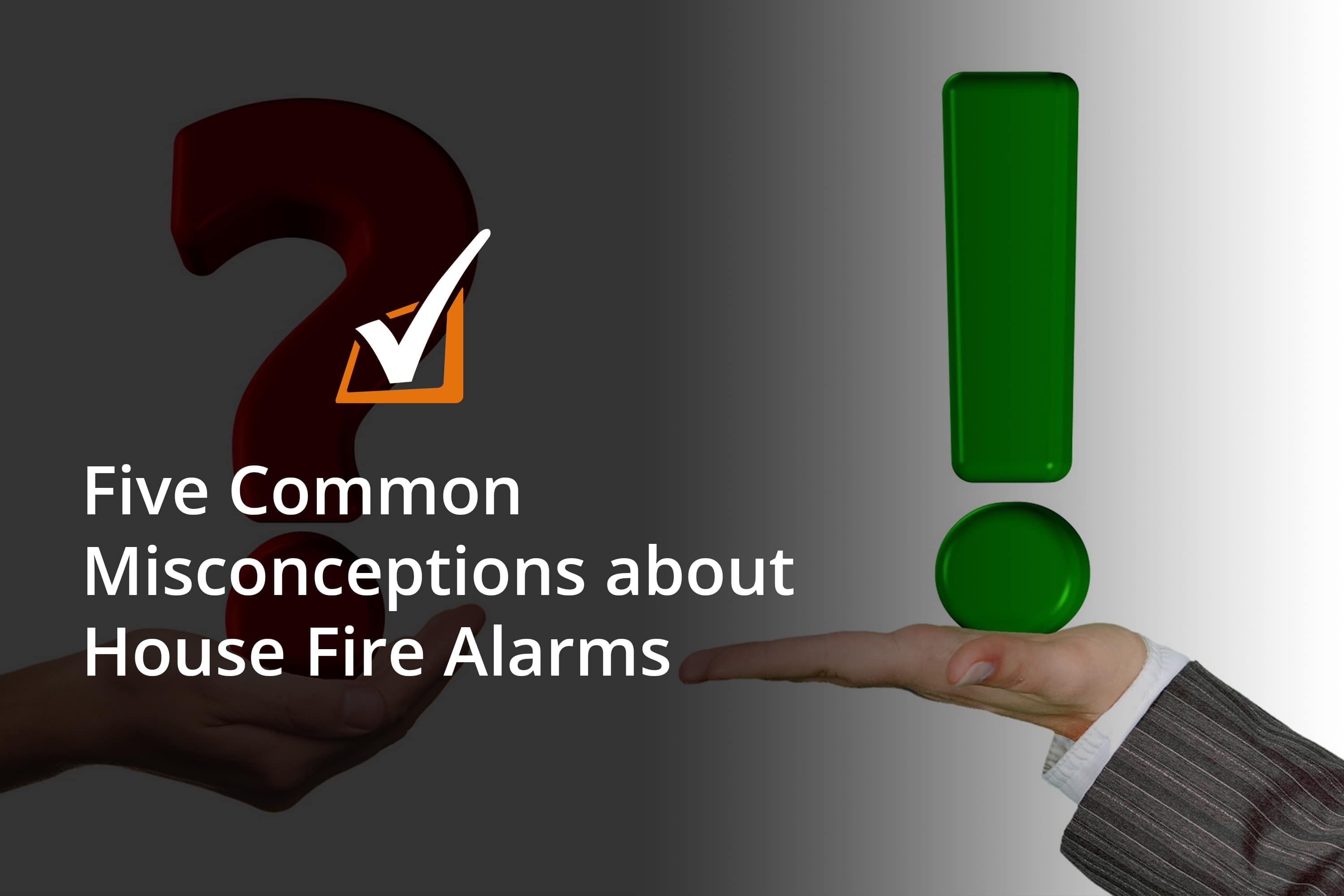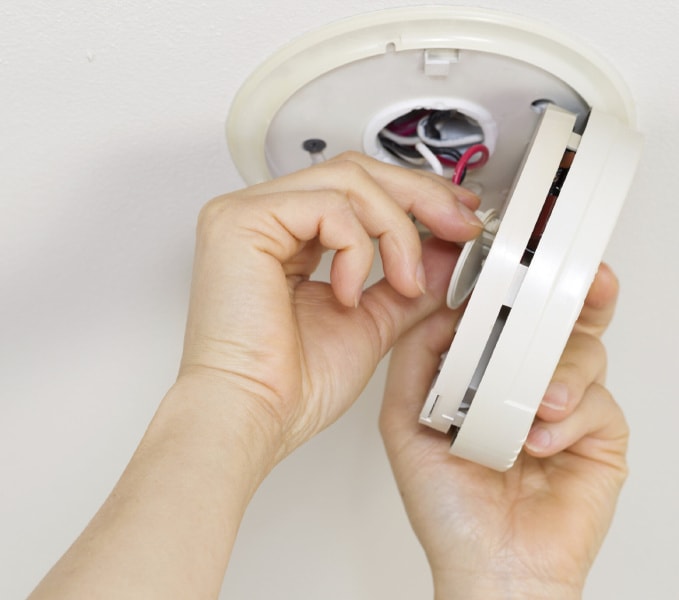We know about Queensland’s strong mandate on the use of house fire alarms. However, there are still some of us who doubt their importance and why they should be in our homes. Sadly, there are a lot of misconceptions about fire alarms that hinder homeowners from complying with regulations.
Here are five fallacies about house fire alarms:
-
I have two house fire alarms installed. That’s enough to keep me compliant now and well into the future.
The new Queensland legislation has strict requirements on the use of smoke alarms. Are your smoke alarms installed in the right places inside the property? Are your house fire alarms photoelectric? Are they compliant with AS 3786-2014? Are they interconnected? How long will their batteries last? Are they hardwired? These are just some of the factors that you must consider in meeting the requirements of the new legislation.
Complying with the new rules can be a bit tricky. Make sure to contact a compliance expert to ensure that you are indeed aligned with the requirements.
-
I already have smoke alarms at home. It means I am already spared from house fires.
Having house fire alarms alone won’t guarantee that a fire will never hit your home. These devices will give you a robust warning system to alert you of a fire, but you should still have fire prevention measures in place to keep your home fire safe.
Hire a professional electrician to check your home for faulty wiring. Check the construction of your kitchen, and make sure that curtains and other items that could potentially catch fire are in a safe distance away from the stove.
-
I have photoelectric alarms, so I must be 100 percent compliant with the new legislation.
A lot of homeowners and even smoke alarms providers miss this important detail in the legislation about the smoke alarm requirements. It’s not enough that they are photoelectric. They MUST meet the requirements of AS 3786-2014.
-
All properties must be compliant THIS YEAR.
This is FALSE. Queensland is gradually implementing the new legislation. Depending on the use of property, timeframes of implementation and deadline for compliance will vary.
Properties for rent/sale have until January 1, 2022, to comply with the new rules. However, all new alarms that will go into the property starting January 1, 2017, must be photoelectric and meet the Australian Standard 3786:2014.
Existing properties, on the other hand, have until January 1, 2027, to align with the new Queensland Smoke Alarm legislation, but all new smoke alarms to be installed starting January 1, 2017, must be photoelectric smoke detectors and meet the Australian Standard 3786:2014
-
Photoelectric smoke alarms function the same ways as ionisation alarms. The only difference is that the former is more expensive than the latter.
Photoelectric and ionisation alarms have their strengths and weaknesses. Ionisation alarms are suitable for fast-flaming fires. On the other hand, photoelectric alarms work best for slow-flaming fires, which commonly occur in the home. This means that ionisation alarms will provide you slower warning of the fire, which could make it too late for you to escape the blazing property. With photoelectric alarms, however, you will have more time to respond and escape.
Photoelectric alarms may be more expensive compared to the ionisation type. However, an investment in safety is always justifiable. If it can keep you and your family safe, then it is worth every penny.
Do you have more questions about house fire alarms and requirements under the new Qld Smoke Alarm Legislation? We’re just a few clicks away! Just complete the form below, and we’ll get back to you shortly.




Leave A Comment